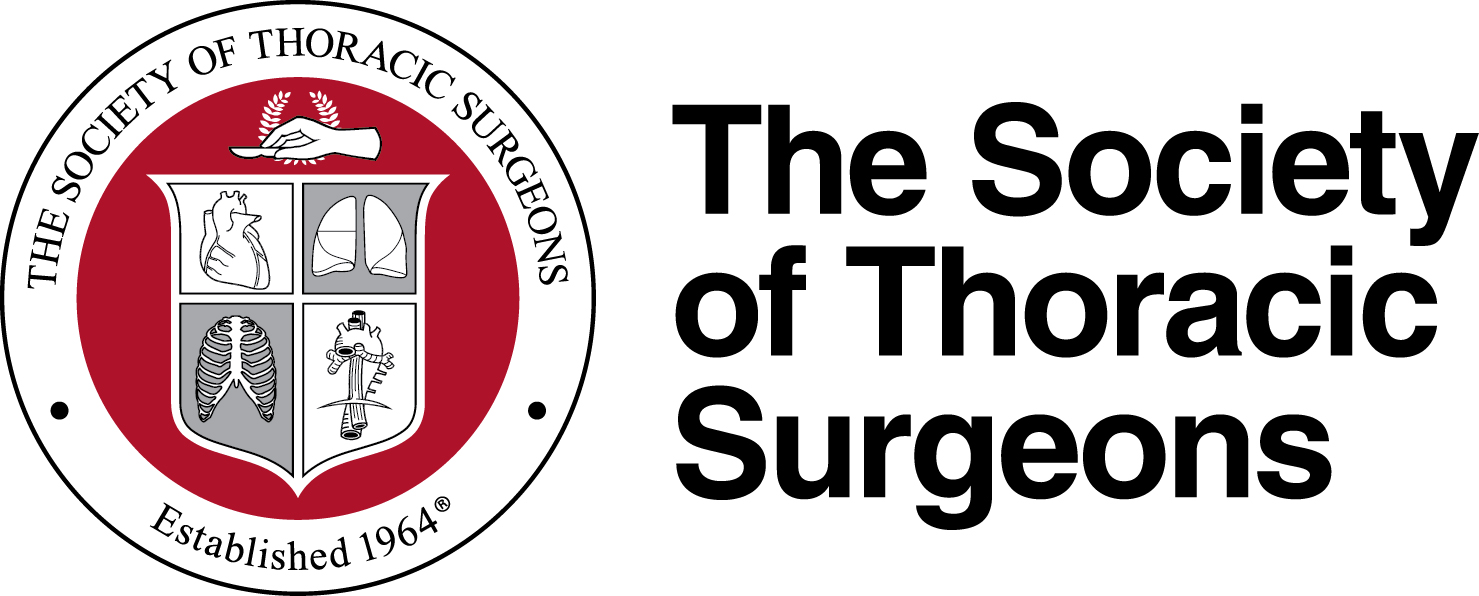Patient weight trends play important role in health policy issues
Newswise — Chicago—Lobectomy for primary lung cancer takes longer when a patient is obese, not only increasing the resources required to achieve a good outcome, but also adding to national health care costs, according to a study published in the December 2012 issue of The Annals of Thoracic Surgery.
Key Points• Heavier patients can expect longer lung cancer surgeries.• Hospital experience with obesity does not reduce surgical time.• Hospitals and health policy experts advised to start planning to better accommodate obese patients.
Jamii B. St. Julien, MD, MPH, from Vanderbilt University Medical Center in Nashville, Tenn., and colleagues found that for every 10-unit increase in body mass index, operating room time rose by 7.2 minutes—even in hospitals experienced in caring for obese patients. Obesity did not increase the risk of dying within 30 days of surgery or increase the length of hospital stay.
Operating time is widely used as a surrogate measure for health care resource utilization. “With operating room costs at $65 per minute, obesity can become very expensive, very quickly,” stated senior author Eric L. Grogan, MD, MPH, also from Vanderbilt University.
The researchers used data from The Society of Thoracic Surgeons General Thoracic Surgery Database to retrospectively study the impact of body mass on total operating room time for 19,337 patients who had a portion of a lung surgically removed due to lung cancer between 2006 and 2010.
Obesity is an epidemic in this country that increases utilization of health care resources. The estimated annual medical costs attributable to obesity were approximately $147 billion in 2008, according to the study.
“The fact that we are putting more and more costly resources into caring for obese patients needs to be considered as hospitals and policymakers think of ways to control future health care costs. More public health emphasis on healthy lifestyle choices and weight loss is needed,” stated Dr. St. Julien.
Drs. Grogan and St. Julien suggested minimizing time spent in the operating room by creating operating suites with larger rooms, bigger operating tables, and longer surgical instruments to accommodate obese patients.
The prevalence of obesity in the United States has risen from 21% in 2001 to 34.2% in 2008, with the percent of morbid obesity rising from 2.3% to 5.7% respectively. One quarter of the nearly 20,000 patients in this study were obese, as defined by a BMI of 30 kg/m2 or more.
Obesity Epidemic Challenges Health Care System
In an invited commentary in the same issue, David R. Jones, MD, a Professor at the University of Virginia in Charlottesville, wrote that the St. Julien paper contributes to a growing body of evidence demonstrating the impact of obesity on surgical care.
“Obesity and lung cancer are two epidemics that are increasingly appreciated as significant threats to length and quality of life,” commented Dr. Jones. “This paper supports the need to more thoroughly examine how obesity impacts health care and resource allocation, particularly in the surgical population.”
“With the ever increasing epidemic of obesity in the United States there will be a need for thoracic surgeons and other health care providers to begin to proactively plan on how to deliver care to the obese patient,” Dr. Jones concluded.
###
For a copy of the study, contact Amy Jenkins at 312-202-5865
Founded in 1964, STS is a not-for-profit organization representing more than 6,500 cardiothoracic surgeons, researchers, and allied health professionals worldwide who are dedicated to ensuring the best possible outcomes for surgeries of the heart, lung, and esophagus, as well as other surgical procedures within the chest. The Society’s mission is to enhance the ability of cardiothoracic surgeons to provide the highest quality care through education, research and advocacy.
The Annals of Thoracic Surgery is the official journal of STS and the Southern Thoracic Surgical Association.
MEDIA CONTACT
Register for reporter access to contact detailsCITATIONS
The Annals of Thoracic Surgery (December 2012)
